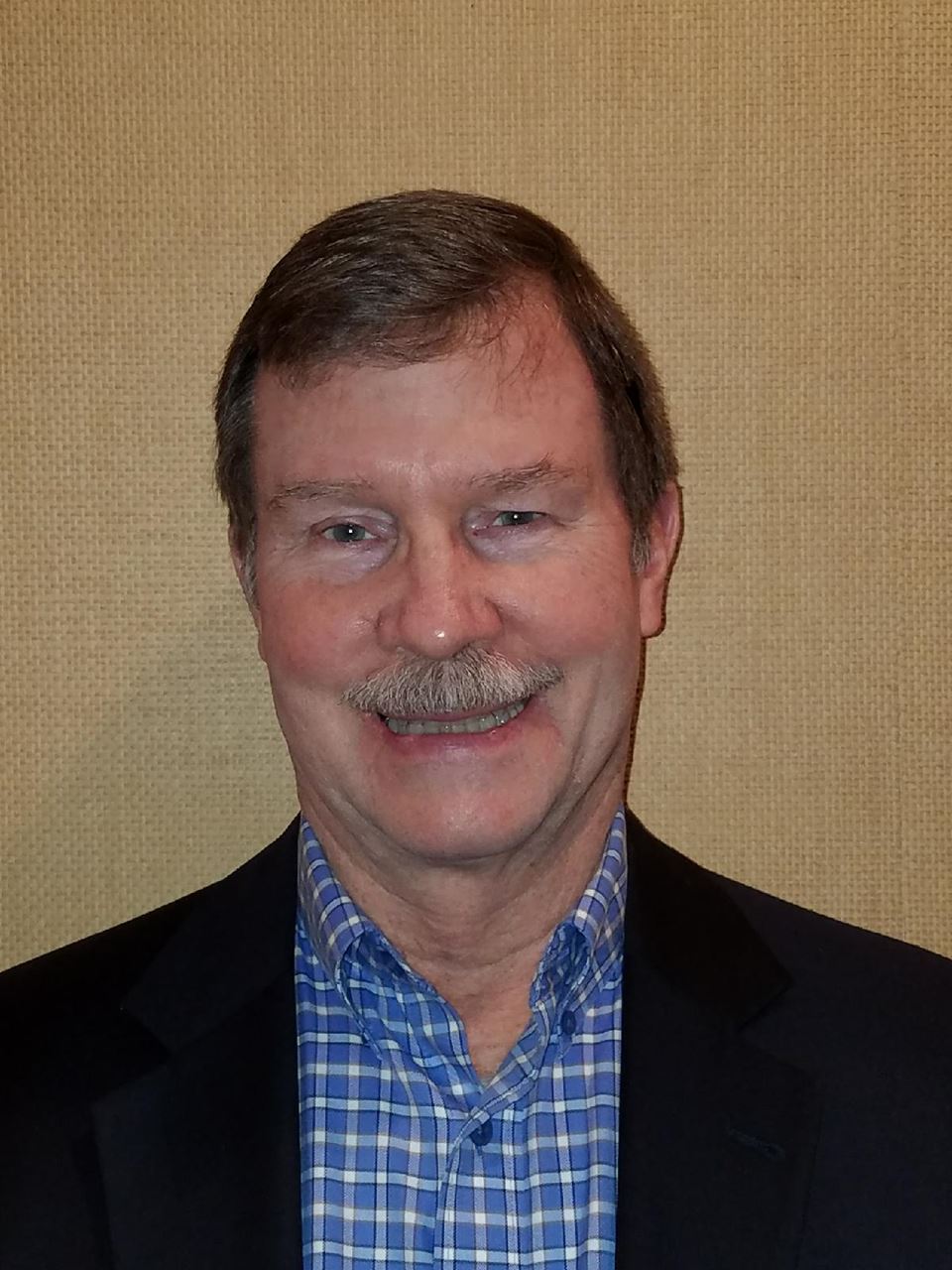Panel discussion : “Japan through the Eyes of Americans”.
We will have four panel members who are experts in various areas of Japanese culture who will speak about their passions in their areas of expertise and share their views on Japan. After the presentations there will be a Q & A segment for the audience members to ask questions of each panel member.
Panel Participants’ Bios
Danial Roy

To be honest my connections with Japan and Japanese cultural over the years has been light. Through friends who research and study Feudal Japan or participating in the martial arts I have developed an interest in Japanese history, wood working, and taiko. It was only in the last five years I have really developed strong connections in the Japanese community through taiko drumming. I have been a member of Three Trails for about 4 years. I have only missed a couple of performances over those years. While working with the troop I have spent time developing chappa and katsugi.
I am also a wood worker and have made some stands, bachi, and a couple of katsugis to use with Three Trails. I have been working on getting the process and space so that I can start making the nagados from wood staves instead of using whisky barrels. I also like researching and building other projects from armor boxes to Torii gates.
Fran Lemery

I began my love of the Japanese, their culture, and their gardens in the early 1990’s when my wife, Charlene, suggested having a Japanese style garden at our home. After researching Japanese gardens and visiting Japan to see the beauty and peacefulness of Japanese gardens, the rest is history. To enhance my knowledge of Japanese gardens, I attended a two-week seminar on Japanese Garden Design at Kyoto University of Art and Design in 2008. This experience was outstanding and led to a number of changes and improvements to our garden. The creation of a Japanese garden at our home has led to a wonderful relationship with the Japanese culture and its people.
Steve Woodsmall

At the age of 22, I accompanied my mother on a vacation to Japan to “keep her company” until my father could disentangle himself from his work obligations and catch up with her. My only source of information about Japan was a pre-World War II encyclopedia. I expected kimonos and rickshaws (although not samurais with swords).
I fell in love with the country and its polite, friendly people. My attempts to learn a few greetings/phrases in the Japanese language were met with compliments and encouragement, which set the tone for four years of Japanese studies at the University of Hawaii and twelve years in Japan. Although not particularly a linguist, my interest in the Japanese language was fueled by my overwhelming desire to learn more about Japan and the Japanese people.
During my twelve years in Japan I worked variously as a bartender, an English (conversation) teacher, a translator-interpreter, and a “legal trainee” (the official name for foreign lawyers not admitted to the practice of law in Japan). Since returning to the United States, I have been involved in a number of Japan-related matters as part of my law practice.
I had grown up playing chess and other board games, so the transition to Shogi (Japanese chess) was natural. I actually started playing Shogi in Hawaii a couple of years before moving to Japan, and continued to play in Japan. My interest was soon captured by Igo (Go), however, which rapidly became my “game of choice.” I reached the level of Shodan (1st dan) when I was playing several times a week in Japan. When I was in Japan during the 1970’s and early 80’s, it was common for “salarymen” (male company employees) to pull out a Shogi board or a Igo board during the lunch hour and play 2 or 3 games. Likewise after work in the evening, although the game of choice then was Mahjong. Unfortunately, my Igo and Shogi playing is pretty much limited to the annual Japan Festival these days, although I am able to play Mahjong somewhat more frequently.
John Lytton

John went to Japan in March 1978, and started working as an English conversation teacher, mainly with employees of major corporations including Marubeni and Nissan. In 1983, he started to work as a translator/editor at Toyo Securities Co. Ltd., where he worked until 2010. At the same time, he began studying nagauta, the music of Kabuki and classical Japanese dance. He studied shamisen with Kineya Gosakitchi and Kineya Goshiro. He also studied the tsuzumi and other instruments used in Kabuki percussion. His teachers include Mochizuki Tazaemon X, Mochizuki Tazaemon XII, Mochizuki Bokusei V, and Mochizuki Tazae II. He appeared in Kabuki productions on a few occasions, with the Zenshinza theatre troupe and also the 'Kabuki for Everyone' production starring Uchimura Manjiro.
Mochizuki Tazaemon X decided to use Chinese characters (ate-ji) 如音立東 to represent 'John Lytton.' The first of these characters was used when John received the performing name Mochizuki Tasajo 望月太左如 (1989). John appeared in many music and dance performances, not only nagauta, but also some with koto players, Noh performers and others. He created the musical accompaniment for a Kabuki version of 'A Christmas Carol.' He has also participated in 'first-time experience' workshops for both adults and young children.
In July 2014, John returned to the US and settled in Lawrence, KS, where he enjoys life but seriously misses Japanese baths, izakaya, and temples.